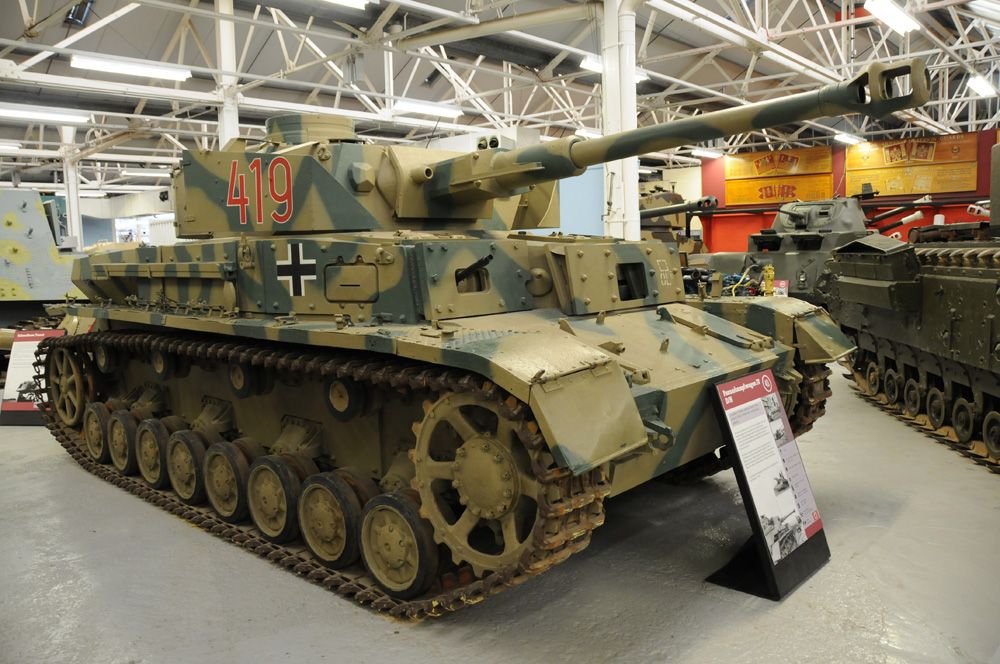fmethorst
Command Sergeant Major
- Joined
- Feb 18, 2008
- Messages
- 2,492
Considering how many WWII German vehicles we see each year from the various manufacturers and the widely varying colors we see on them I thought I would start a discussion on German vehicle colors from 1939-1945. This thread is intended to be very visual with lots of pictures.
I'll kick this off by discussing the colors employed during the period 1943-1945.
The colors we are talking about are:
"Dunkelgelb nach Muster" (Dark Yellow according to standard)
RAL7028 "Dunkelgelb" (Dark Yellow, RAL register 840-R code 7028)
RAL8017 "Schokoladenbraun" (Chocolate Brown, RAL register 840-R code 8017)
RAL6003 "Olivgrun" (Olive Green, RAL register 840-R code 6003)
Dunkelgelb was not originally registered with the RAL institute which is why it didn't initially have a RAL code and was refered to as "Dark Yellow according to standard". This registration appears to have happened between February and April 1943.
There appears to have been at least three official hues of this color. One change appears to have occured at the point the color was registered with RAL and the next appears to have happened in 1944. This said, deviation from the standard appears to be common, likely caused by the numerous manufacturers and raw material shortages.
* Some people argue that there was only one offical hue. I suspect this is a debate that will continue.




RAL8017 "Schokoladenbraun" and RAL6003 "Olivgrun" have far less uncertainty in regards to their hue. In fact these two colors still appear in the current version of the RAL Classic color register 840-HR. Many people argue that the current register cannot be relied on to accurately reflect the hue for the same color on the 840-R register due to revisions that took place after the war but in the case of these two colors I have not found any evidence to doubt the current colors match those of the 1940's.



Note how when I remove the color from the previous picture there are three distinct shades. Dark yellow is the light shade, olive green is the middle shade and chocolate brown is the dark shade

Here is Panther with a factory fresh paint scheme. See how the same three shades can be seen allowing us identify the green and brown patches.

I'll kick this off by discussing the colors employed during the period 1943-1945.
The colors we are talking about are:
"Dunkelgelb nach Muster" (Dark Yellow according to standard)
RAL7028 "Dunkelgelb" (Dark Yellow, RAL register 840-R code 7028)
RAL8017 "Schokoladenbraun" (Chocolate Brown, RAL register 840-R code 8017)
RAL6003 "Olivgrun" (Olive Green, RAL register 840-R code 6003)
Dunkelgelb was not originally registered with the RAL institute which is why it didn't initially have a RAL code and was refered to as "Dark Yellow according to standard". This registration appears to have happened between February and April 1943.
There appears to have been at least three official hues of this color. One change appears to have occured at the point the color was registered with RAL and the next appears to have happened in 1944. This said, deviation from the standard appears to be common, likely caused by the numerous manufacturers and raw material shortages.
* Some people argue that there was only one offical hue. I suspect this is a debate that will continue.




RAL8017 "Schokoladenbraun" and RAL6003 "Olivgrun" have far less uncertainty in regards to their hue. In fact these two colors still appear in the current version of the RAL Classic color register 840-HR. Many people argue that the current register cannot be relied on to accurately reflect the hue for the same color on the 840-R register due to revisions that took place after the war but in the case of these two colors I have not found any evidence to doubt the current colors match those of the 1940's.



Note how when I remove the color from the previous picture there are three distinct shades. Dark yellow is the light shade, olive green is the middle shade and chocolate brown is the dark shade

Here is Panther with a factory fresh paint scheme. See how the same three shades can be seen allowing us identify the green and brown patches.








































